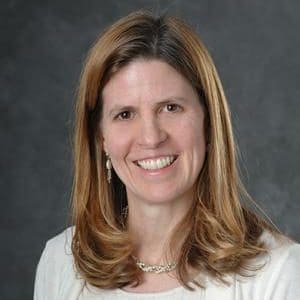Dr. Tamara Bush, Interim Chair of Mechanical Engineering at MSU, is making transportation more accessible through her research on whole-body biomechanics.
More specifically, her research analyzes seating mechanics, injury mechanics, vehicle interface research, universal design and clinical biomechanics.
“I look at the needs of persons with disabilities,” Bush said. “Not only in terms of what they might like to see implemented for transportation and safety, but also what they would need in terms of features, devices and designs associated with the accessibility of autonomous vehicles (AVs).”
When explaining the practical applications of her work in the mobility field, Bush emphasized the need for a better understanding of what we can do around mobility to help ensure the safety of individuals.
“The ideal would be to design a vehicle to accommodate the disabled populations. Typically, however, that’s not how design work is conducted,” Bush said. “Vehicles are typically designed for an able-bodied, mid-sized male, however, that design may not be usable for a person with a disability. We need to better understand human function and the limits of function so that we can accommodate the needs of persons with disabilities.”
In sharing the breakthroughs and discoveries she’s most proud of, Bush explained her diligent efforts in making connections within the community both on and off campus, such as the adaptive sports group or specialized rehabilitation units.
“I think it’s critical for an engineer to not just talk about the needs of different populations, but to truly try and understand them, and I believe my research team goes out of its way to make what we do accessible to all,” Bush said.
Bush went onto explain a survey they conducted on the needs of persons with disabilities and the striking results that showed most forms of transportation not meeting their needs.
For example, persons with disabilities who utilize various forms of available transportation have indicated that they can’t get to medical appointments or other important activities. This is due to several reasons such as transportation that doesn’t fully accommodate their wheelchairs or other assistive device(s). Survey respondents indicated that this creates a sense of embarrassment.
Another potential shortfall is that the transportation arrives and there is a lack of support for assisting the individual into and out of the vehicle.
Bush emphasizes the impacts that AVs could have on the aging population and on persons who have disabilities. AVs provide an opportunity for potential solutions to their current transportation challenges.
“Mobility has such potential, if done well, to transform the lives of many,” Bush said. “We could have some sort of small pod pull up with an easily accessible wheelchair ramp that pulls down and locks the wheelchair in place or has a pre-programmed iPad for visual and audio impairments.”
Additionally, she notes one of the current major challenges in mobility is the lack of focus on vehicle interface with the person and that individual’s accessibility.
“To have a successful product, the person should be one of the top priorities in your design,” Bush said. “There needs to be more engagement in how to successfully design for not only able-bodied individuals, but the other populations as well.”
As it pertains to mobility in the MSU community, Bush explains the potential of having parts of campus closed to act as a test-site, and, if this action is taken, how it could truly put MSU on the map for unique testing of AVs. She also notes the benefits of having such a closed campus for testing of AVs – there are so many obstacles at MSU for AVs including E-scooters, cyclists and pedestrians. At a class change, it can be a worst-case city scenario of stop-and-go traffic.
“MSU is uniquely situated for research on self-driving vehicles. Not only do we have the engineering side, but we also have the social side collaborating to better understand these implications,” Bush said.

